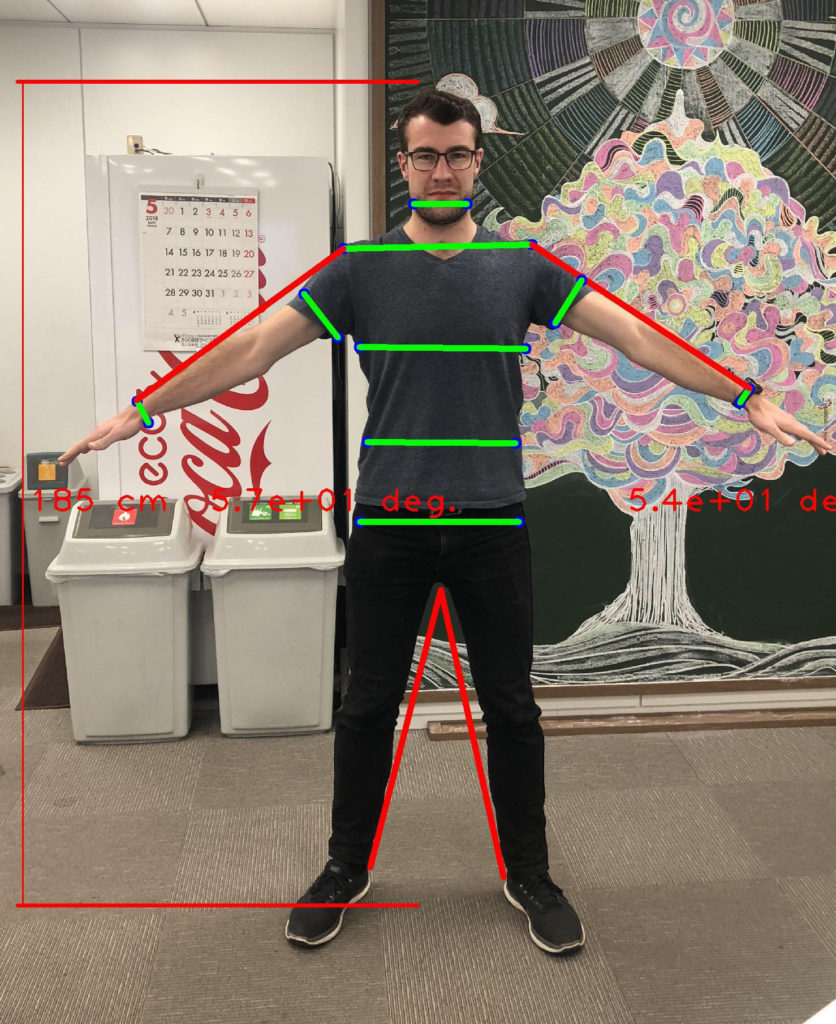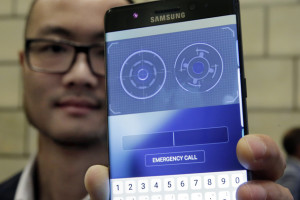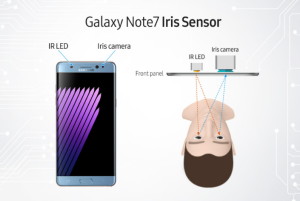Year by year we can observe a huge increases in fashion sales. Online sales are slowly becoming the most important part of fashion companies’ revenues. But the Internet creates kind of a wall, which is slowing the whole process and contains us from successful shopping.
In the recent years, fashion and apparel has become the fastest growing e-commerce category and the second largest after consumer electronics, growing form $375.6 billion in 2012 to $481 billion last year. Analysts predicts that the revenue will reach over $700 billion by 2022.
Buying clothes online means that we are not able to try them on and make sure the size fits us. This is why fashion companies have to struggle with a huge percentage of returned products (especially in the winter holiday season), which is something between 30-50% of the whole sales, which causes tremendously high costs connected not only with a return shipping, but also other processes needed to get the product back to the stock. Returns are growing even faster than the revenues, increasing 94.8% over the most recently measured five-year period. Moreover, over 4B pounds of returned apparel end up in landfills annually.
“What we hope to do with technology is make that growth rate slower.” Said Roger Graell, director of e-commerce at Spain’s Mango, which expects to make at least one-fifth of sales online by 2020.
Since 2012 there was plenty of startups which were trying to solve the problem with size fitting. Millions of dollars were invested in projects which were making kind of virtual fitting rooms (Avametric, Fitiquette), 3D scanners (Body Labs, Nettelo) and AI based algorithms (Virtusize, Pixibo). Most of them do not survive these days.
However, in 2016 three Ukrainian engineers created a technology, which allows people to scan their bodies using a smartphone’s camera. Their startup (called 3DLook) is implementing its technology to fashion retailers’ online stores. Thanks to that customers are able to measure themselves by taking 2 photos (from the front and from the side) and thanks to that can find out what is the perfect size for them. Technology is simply comparing customer’s measurement with producer’s size table.
3DLook claims to use advanced machine learning, AI and image processing to achieve their results. Recently, they got funding of $1 million for further development. Their technology can be a huge step forward successful apparel online shopping and, according to my research, fashion retailers hope it to be so.
And what is your opinion on this case? How many times did you buy a wrong size of some new clothes? Do you think that such technology is going to solve this problem? Let me know down below!
Sources:
https://www.ted.com/talks/aparna_mehta_where_do_your_online_returns_go?language=en#t-98979
https://independentretailer.com/2018/12/27/ecommerces-serial-return-problem/
https://www.shopify.com/enterprise/ecommerce-fashion-industry
https://techcrunch.com/2018/07/30/body-scanning-app-3dlook-raises-1-million-to-measure-your-corpus/




